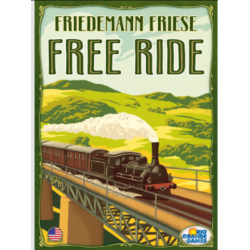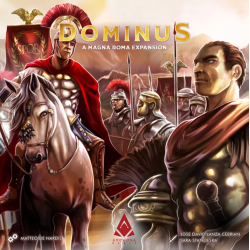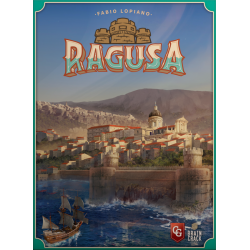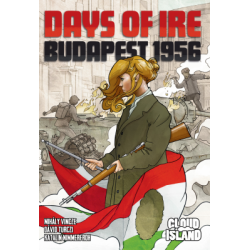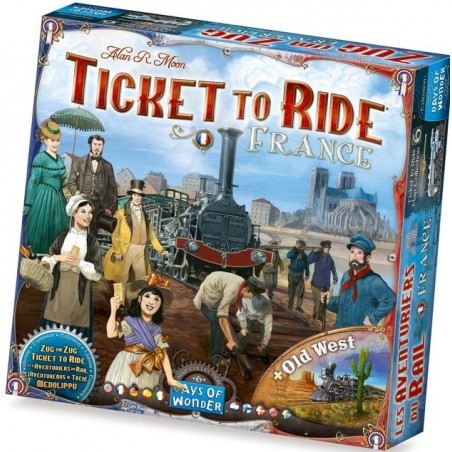No products in the cart.
Free Ride
Free Ride, another fine game from Friedemann Friese, designer of Power Grid and Friday, takes us to the Golden Age of Railways in Europe. Around the end of the 19th Century, a growing network of railway lines was built in Europe. This allowed people to travel to the major cities to visit beautiful structures influenced by Art Nouveau and Historicism.
Magna Roma: Dominus
In Dominus, players will be fighting for control of the Europe and North African territories. To do this, players will be able to either use the military symbols combination or the prestige symbol combination.
Ragusa
Ragusa
Set in the legendary city of Ragusa (now Dubrovnik), Ragusa charges players with the task of building the city in the 15th century, constructing its great towers, boosting trade with the East, and finding their fortunes.
Ticket to Ride Map Collection: Volume 6 – France & Old West
Expand any full game of Ticket to Ride with two new maps! Both France and the Old West offer distinctive new rules to change the way the game is played
Reef Project
Despite covering less than 1% of the ocean floor, coral reefs are estimated to be home to about 25% of all marine species. Unfortunately, these vibrant underwater cities are dying. Climate change and its effect of rising sea temperatures is devastating the colorful algae that give coral reefs their brilliant hues, resulting in coral bleaching. Furthermore, other threats like pollution—in its various insidious forms—and overfishing are disrupting the delicate balance of reef ecosystems.
Days And Nights: Red Army Miniature Pack
Days & Nights: Red Army Pack is an add-on pack that contains 28 miniatures compatible with both Days of Ire and Nights of Fire. It also contains a small deck expansion to Nights of Fire, and an additional deck allowing campaign play.
In Campaign mode you can play a game of Days of Ire followed by a game of Nights of Fire (solo, cooperative, or conflict mode up to 1v2 supported), and have the winner decided only at the end!
Days Of Ire: Budapest 1956
It\'s 1956, and waves of protest in Poland are once again showing cracks of the Eastern European communist bloc. Emboldened by these signs, students and intellectuals in Budapest, the Hungarian capital, organize a protest of previously unseen magnitudes. As the communist leadership sweeps in to kill the movement in its tracks a violent response is provoked, thus sparking the Revolution of the 23rd of October.

